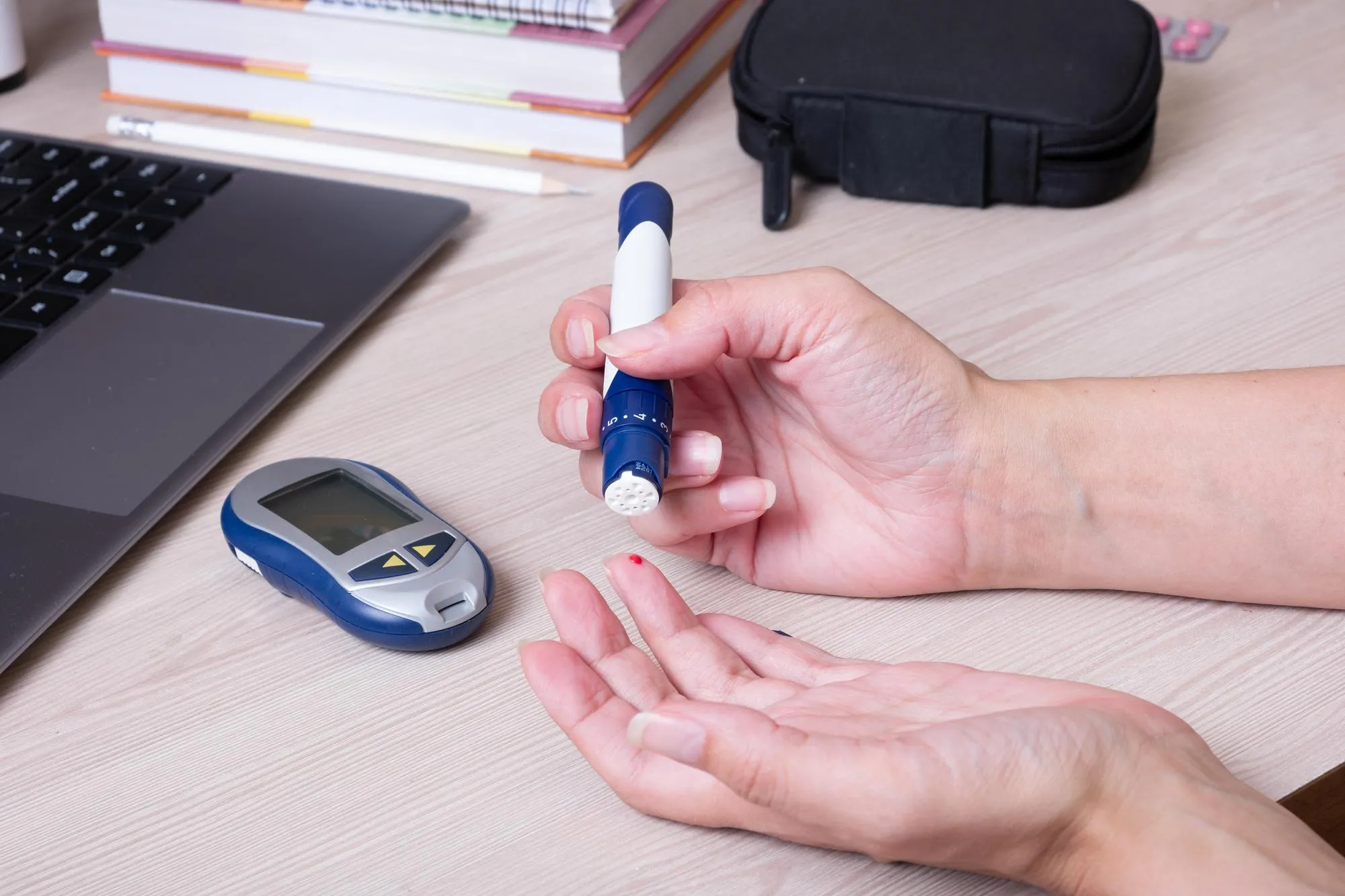In a pioneering study recently disclosed in the “Journal of Nutritional Science and Vitaminology,” researchers have put forward remarkable findings on the physiological effects and organ distribution of a culture broth powder derived from Bacillus amyloliquefaciens AS385, containing a significant amount of 1-Deoxynojirimycin (DNJ).
Unveiling the Potential of DNJ
1-Deoxynojirimycin, commonly found in mulberry leaves, is hailed for its effectiveness as an α-glucosidase inhibitor, a property that holds promise in the prevention and management of type 2 diabetes. The study, authored by Isabella Supardi Parida and colleagues from Tohoku University and the National Agriculture and Food Research Organization in Japan, endeavors to source DNJ from a novel origin with higher yields. DNJ’s limited availability imposed by its traditional base, mulberry leaves, has necessitated this scientific quest for alternative resources.
Cultivating Pathways for Enhanced DNJ Production
Prior research efforts succeeded in forging a high-DNJ culture medium from the aforementioned bacterial strain and initially concentrated the medium via a cation exchange column – an intricate and costly process. Building on this preliminary work, the researchers have now honed a more straightforward method of concentration using anion exchange resin. This innovation facilitates a cost-effective approach to large-scale DNJ production, crystallizing the potential for widespread clinical application.
The Study: Meticulous Analysis and Encouraging Outcomes
The research team embarked on a 5-week dietary experiment, incorporating the Bacillus amyloliquefaciens AS385 culture broth powder—boasting a 1% DNJ concentration—into the diets of C57BL/6J mice. This study’s central tenet was to measure the ensuing physiological impacts of this intervention. Promisingly, the addition of culture broth powder (CBP) seemed to mitigate the spike in blood glucose levels typically observed during an oral glucose tolerance test. Moreover, regular intake of CBP substantially reduced the mice’s fasting plasma glucose levels and their white adipose tissue mass.
Tackling Diabetes: A Foray into Pharmacokinetics
Further to the beneficial outcomes noted above, the team meticulously dissected the absorption and organ distribution of DNJ following continued CBP consumption. DNJ was, intriguingly, found in measurable amounts across various organs, with a marked concentration in the intestines and kidneys. This discovery sheds light on the mechanism by which DNJ positively influences blood glucose regulation and helps in reducing adiposity among the mice subjects.
Trailblazing a Future of Antidiabetic Alternatives
This publication marks a significant milestone as it is the first to chronicle the physiological implications of CBP produced from B. amyloliquefaciens AS385, alongside illustrating the organ distribution of DNJ sourced from this innovative culture broth powder. The findings potentially pave the path for novel dietary supplements that could deter the onset or progression of type 2 diabetes.
Moving Forward: The Clinical and Commercial Implications
The implications of such a discovery extend far beyond the laboratory. If similar results could be replicated in human trials, this could signal the advent of a new, more accessible antidiabetic agent in the global health domain. Additionally, the streamlined production process could translate into more affordable product offerings, democratizing the availability of DNJ-rich supplements.
Implications for the Scientific Community and the Public
In times where lifestyle diseases like diabetes are ubiquitous, the need for innovative, preventive solutions is urgent. This research offers a glimmer of hope, suggesting that strategic bacterial cultivation and processing could unlock alternative dietary approaches to managing blood sugar levels. Coupled with the global drive towards precision nutrition and personalized medicine, the findings from this significant study endorse the potential of biotechnology in crafting functional foods tailored for diabetes mitigation.
Looking Ahead
This study’s DOI, 10.3177/jnsv.65.157, provides a gateway for the scientific community to delve deeper into these groundbreaking findings. It stands as a testament to the relentless quest for alternative, natural solutions in confronting chronic diseases like diabetes, which has long been a detriment to public health worldwide.
For Further Reading
Here are five references to expand knowledge on the subject matter:
1. K. Yamagishi et al., “Effects of dietary supplementation with Bacillus subtilis fermented rice bran on glucose metabolism in mice”, Journal of Nutritional Biochemistry, 2018.
2. R. Ikeda et al., “Antidiabetic effects of fermented soybean products on type 2 diabetes”, Nutrition Research, 2015.
3. T. Miyazawa et al., “Bioactive compounds from agricultural products with antidiabetic properties”, Chemical Biology & Drug Design, 2017.
4. T. Eitsuka et al., “Regulation of adipocyte function by bioactive food compounds”, Journal of Nutritional Biochemistry, 2014.
5. K. Nakagawa et al., “Natural products as a source of anti-inflammatory agents associated with inflammatory bowel disease”, Molecules, 2014.
Keywords
1. Bacillus amyloliquefaciens DNJ
2. Antidiabetic culture broth powder
3. Blood glucose regulation supplements
4. Natural diabetes prevention
5. 1-Deoxynojirimycin health benefits
The findings relayed by Parida and her colleagues sketch a future where combating diabetes might just become a little bit easier, thanks to the potential held in a humble bacterial strain and its DNJ-enriched culture broth.
